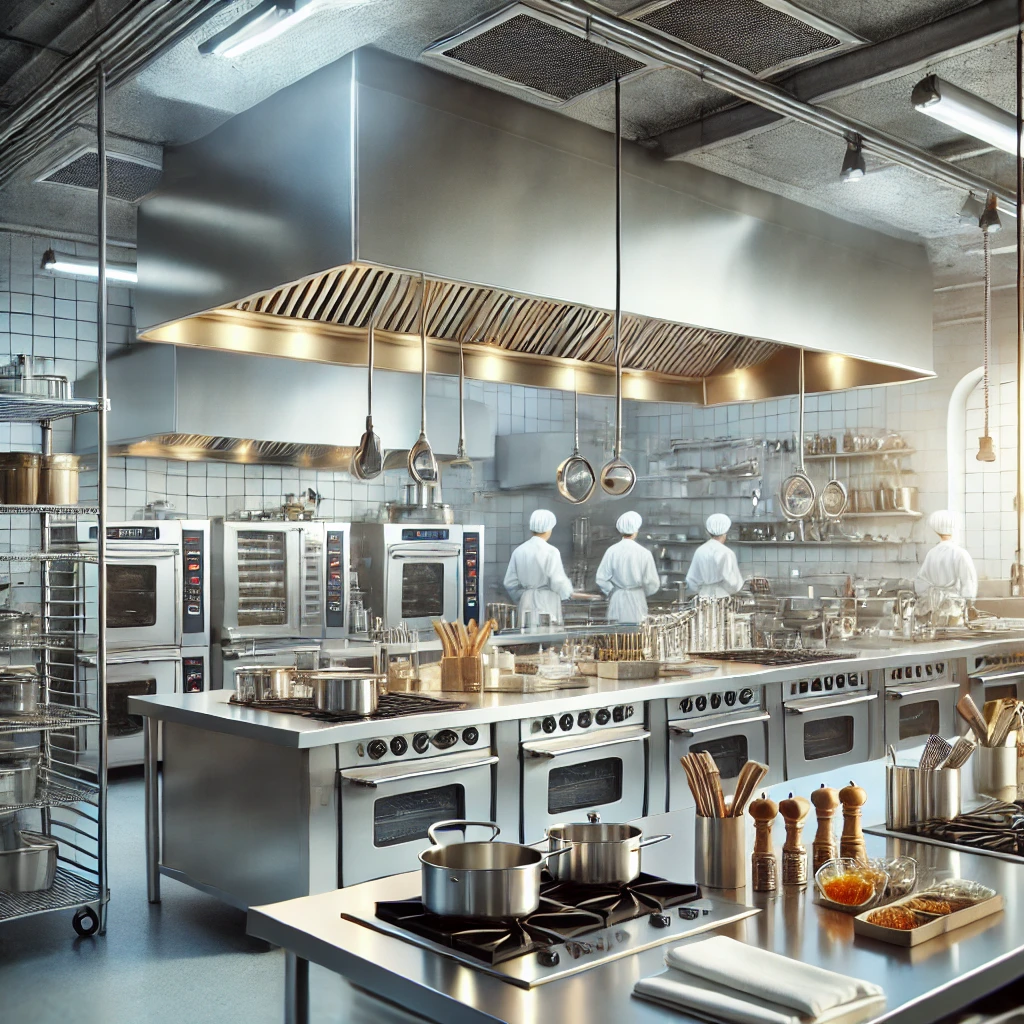A kitchen lab isn’t just about food—it’s about ideas. It’s where culinary creativity gets tested, refined, and sometimes flipped on its head. Chefs, food scientists, and even ambitious home cooks are turning kitchens into experimental spaces, merging flavor with function.
What Is a Kitchen Lab?
A kitchen lab is part test kitchen, part research center. It’s where new dishes are developed, ingredients are pushed to their limits, and processes are broken down and rebuilt. Some are run by restaurants experimenting with seasonal menus. Others are corporate R&D kitchens working on plant-based proteins, shelf-stable sauces, or the next viral snack.
You’ll find tools that go beyond the usual pots and pans—think sous vide machines, freeze dryers, centrifuges, or even 3D food printers. The goal? Precision, consistency, and innovation.
Why Kitchen Labs Matter
-
They Drive Innovation
From meatless burgers that taste like the real thing to zero-waste cooking techniques, kitchen labs push food forward. -
They Make Mistakes on Purpose
Trial and error is the point. Burnt sugar, collapsed cakes, over-salted sauces—failures are data. -
They Bridge Science and Taste
A kitchen lab isn’t about cooking from instinct. It’s measured. Timed. Repeated. It’s science with a spatula. -
They Anticipate What’s Next
Trends don’t come out of nowhere. Kitchen labs test what’s viable before it ever hits a menu or shelf.
Who Uses Kitchen Labs?
-
Restaurants looking to test and refine before going live.
-
Food startups developing new products.
-
Universities conducting research in food science and nutrition.
-
Hobbyists building DIY fermentation stations and testing dehydration methods at home.
Final Thought
Kitchen labs remind us that food isn’t static. It’s a process. It evolves. And behind every “new favorite” on your plate, there’s probably a small, obsessive lab kitchen where someone decided to try something weird—and it worked.

